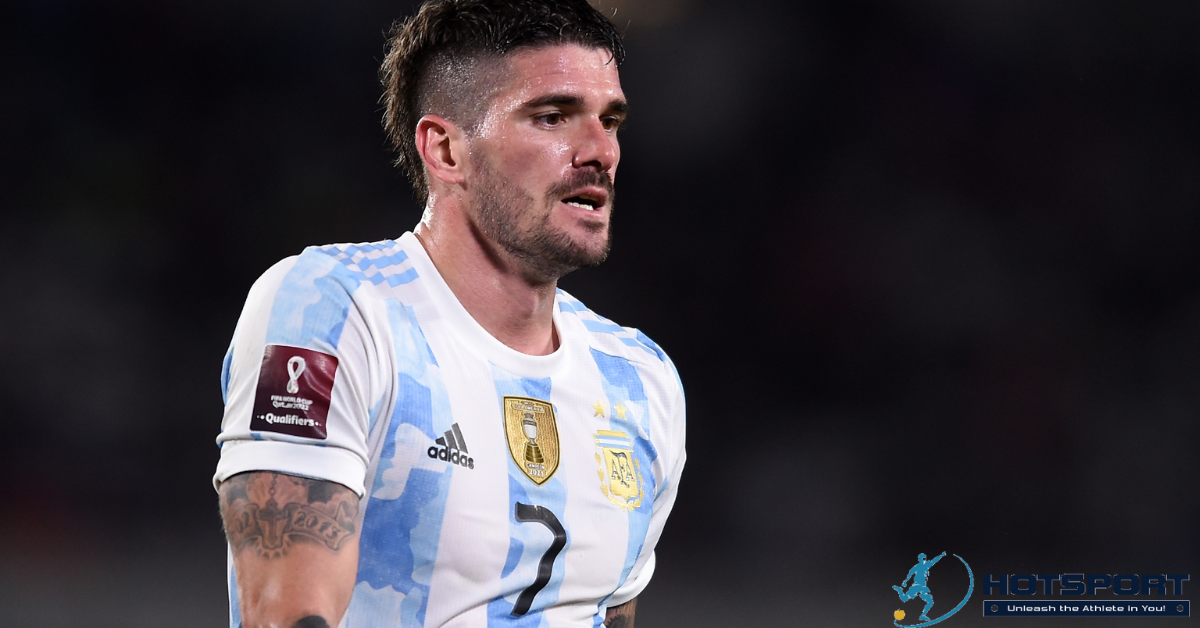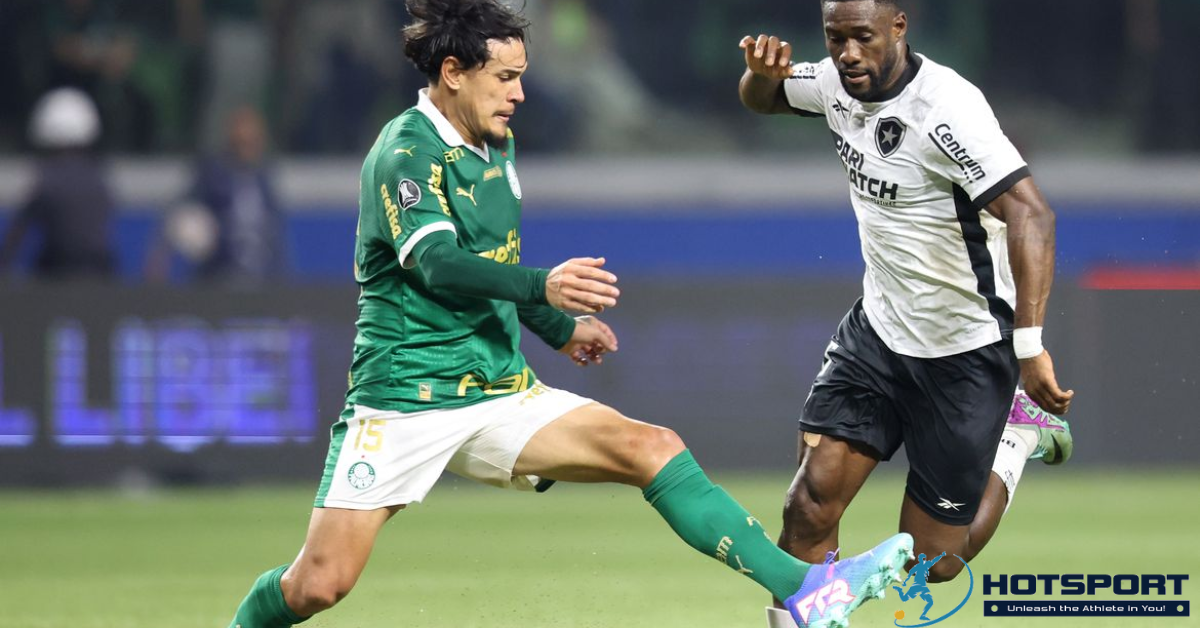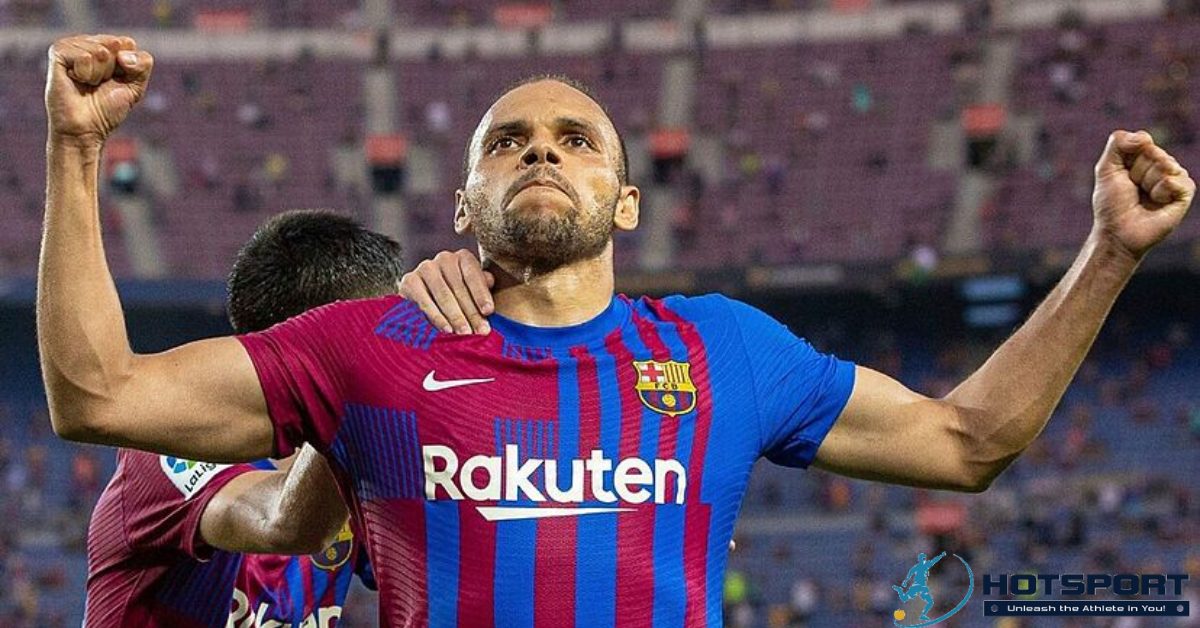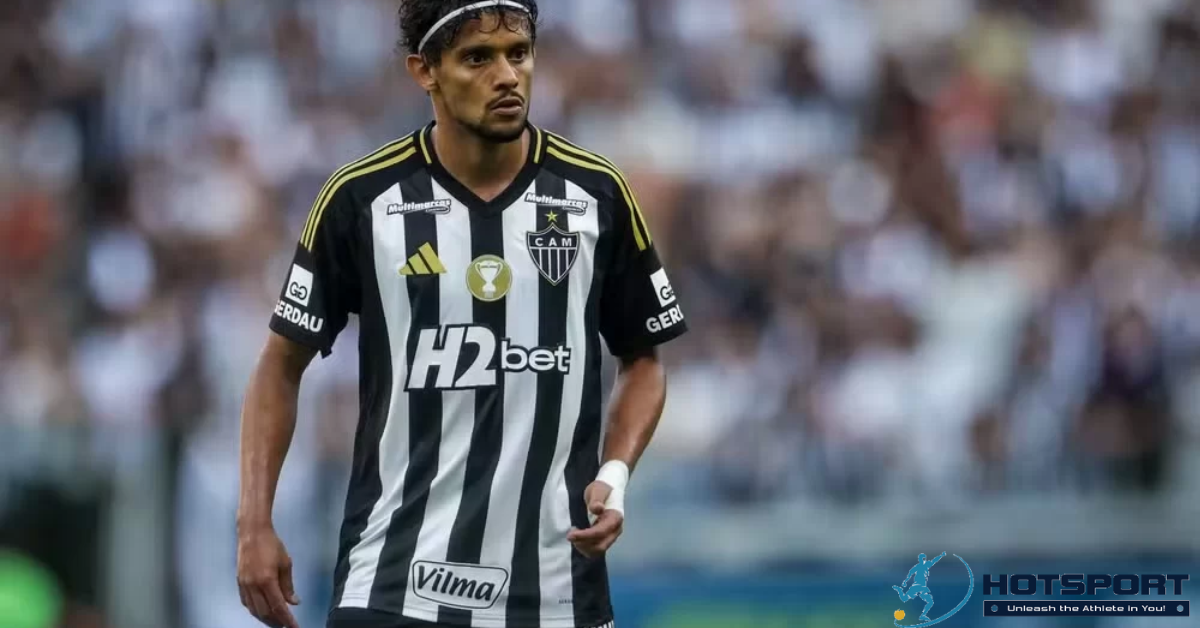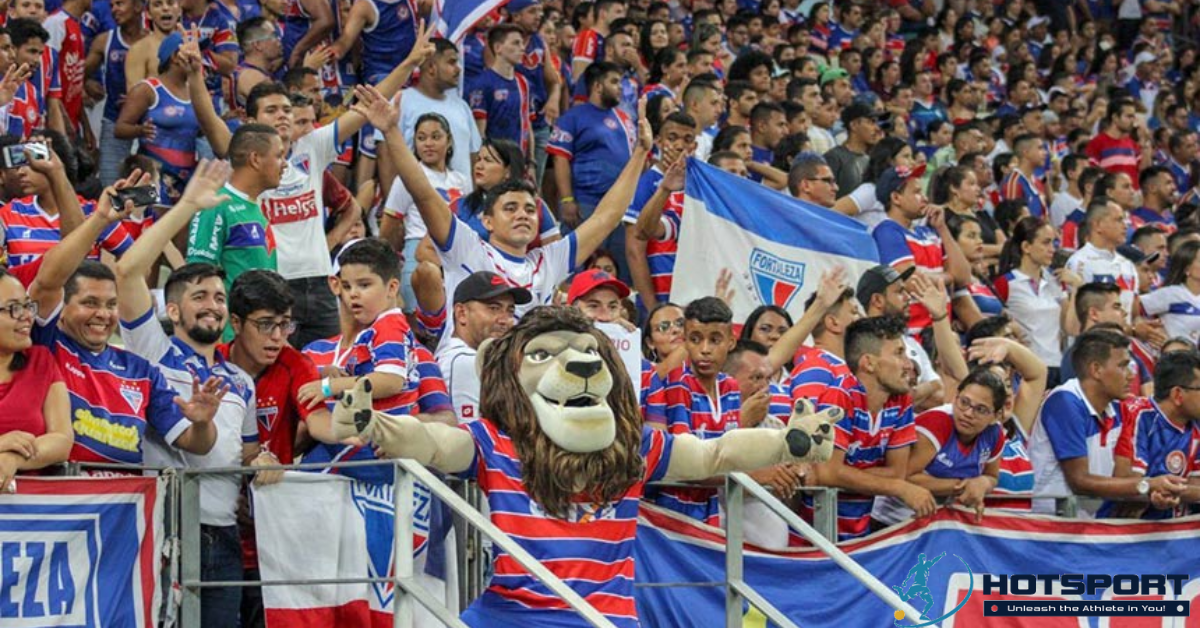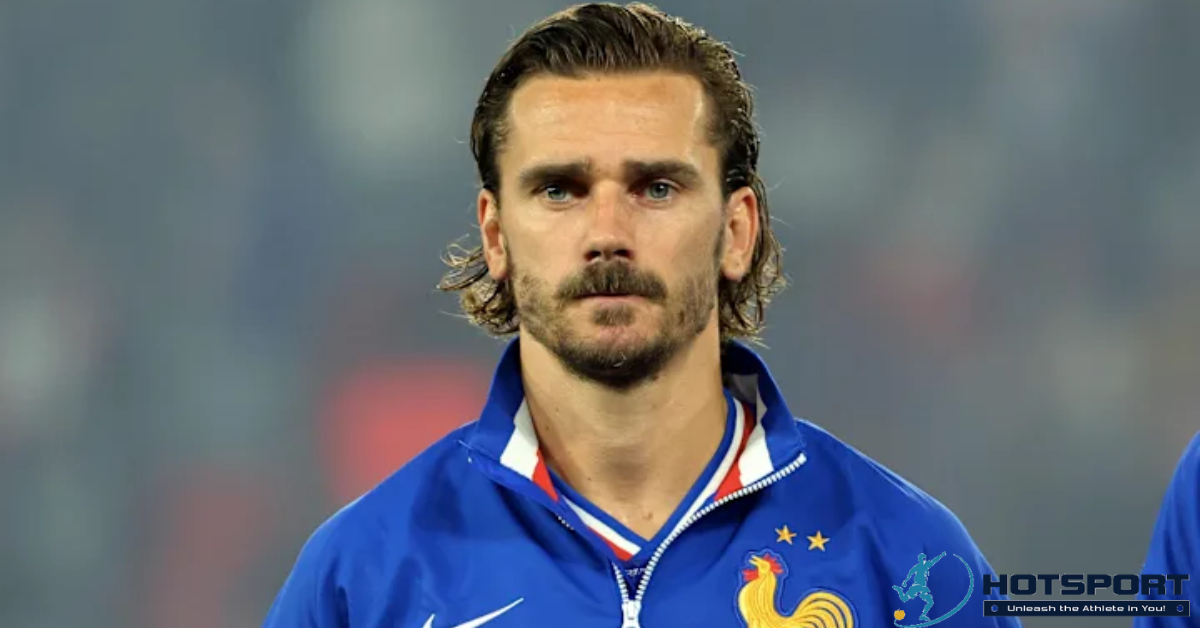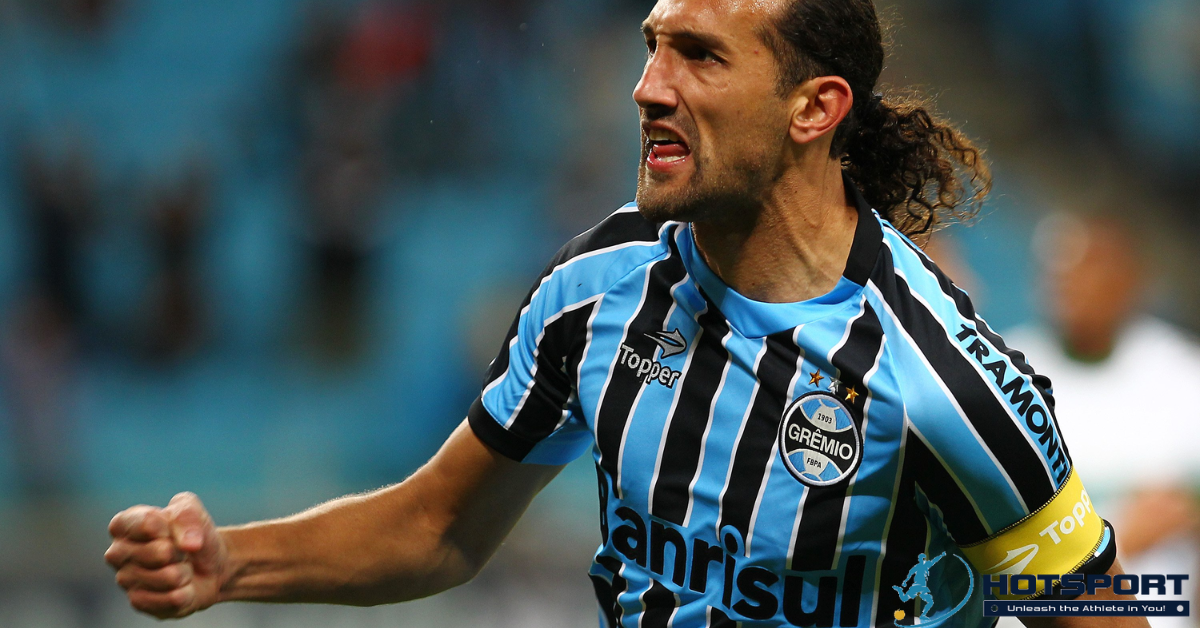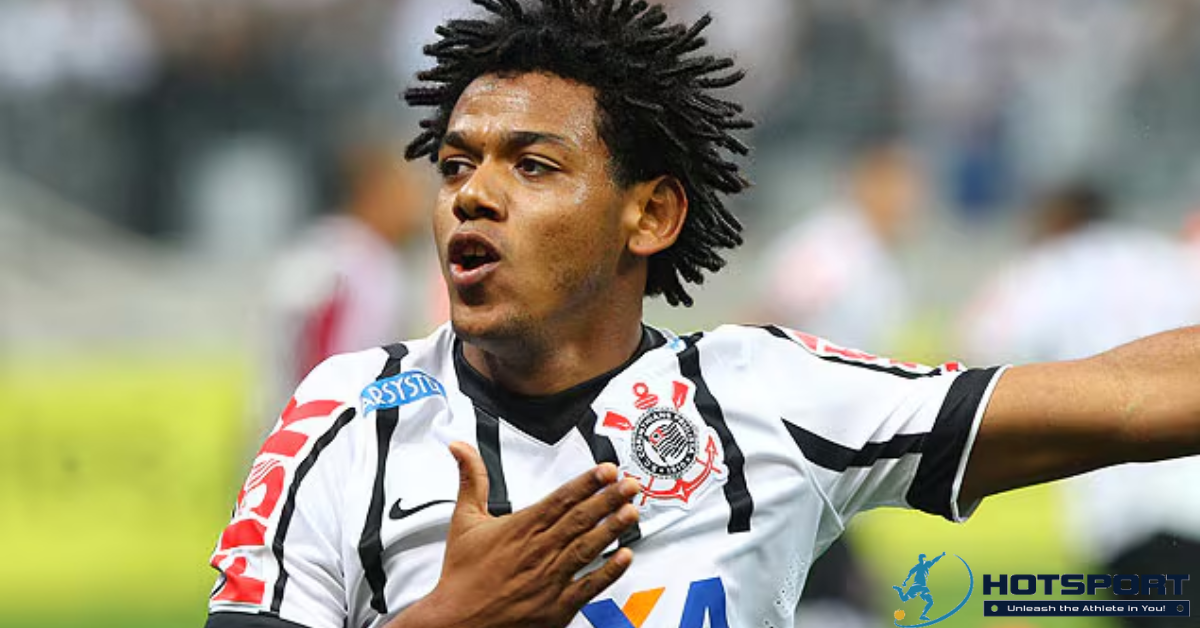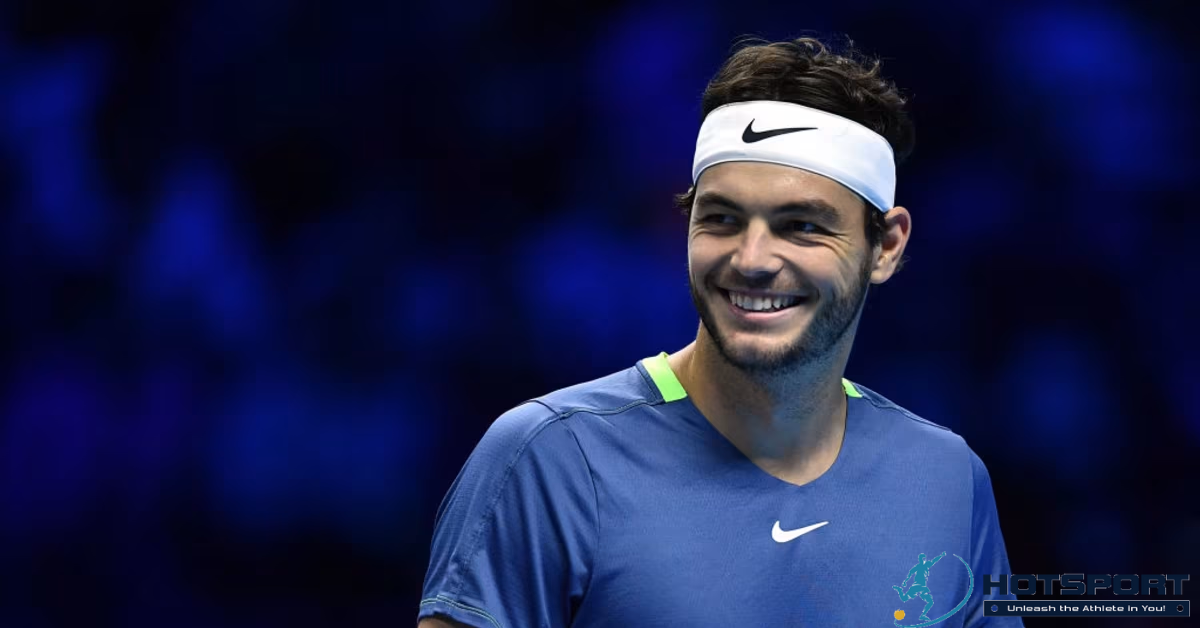Atlético Nacional in the Categoría Primera A: A Journey of Glory and Triumphs
Atlético Nacional is, without a doubt, one of the most iconic clubs in Colombian football and one of the most successful in the Categoría Primera A, Colombia’s premier football championship. With a rich history filled with titles, legendary players, and unforgettable moments, the Medellín-based club has established itself as a powerhouse in South American football. This article explores Atlético Nacional’s journey in the Categoría Primera A, highlighting its achievements, defining moments, iconic players, and the cultural impact it has on its fans.
The History of Atlético Nacional
Foundation and Early Years
Founded on March 7, 1947, Atlético Nacional emerged as a club representing the pride of Medellín and the Antioquia region. From its early years, the club displayed ambition and passion for football, participating in the newly established Categoría Primera A, which held its inaugural season in 1948. Nacional quickly made its mark, winning its first national title in 1954, just six years after its debut in the championship.
Building an Identity
Known as “Verdolaga” for its green and white colors, Atlético Nacional forged an identity based on an attacking style of play and a strong connection with its supporters. The city of Medellín embraced the club as a symbol of unity, and the Atanasio Girardot Stadium became a formidable fortress for opponents.
Dominating the Categoría Primera A
Early Titles and Consolidation
The 1954 title marked the beginning of a victorious journey. Led by players like Humberto “Turrón” Álvarez, Nacional won the championship with a memorable campaign. During the 1950s and 1960s, the club faced challenges, but it was in the 1970s that Atlético Nacional began to establish itself as a dominant force, securing titles in 1973, 1976, and 1981.
The Golden Era of the 1980s and 1990s
The 1980s marked the pinnacle of Atlético Nacional’s success, not only in Colombia but across South America. Under the guidance of legendary coaches like Francisco Maturana, the club revolutionized Colombian football with a technical and engaging style of play. In 1989, Nacional achieved the historic feat of winning the Copa Libertadores, becoming the first Colombian club to claim the continental title. This success translated to the Categoría Primera A, with titles in 1981, 1991, and 1994.
In the 1990s, the club continued its successful run, with players like Andrés Escobar, Leónel Álvarez, and René Higuita becoming global football icons. The 1999 title, won in a highly competitive championship, further solidified Nacional’s dominance in Colombia.
The 21st Century: Continuity and Renewal
In the new millennium, Atlético Nacional maintained its relevance in the Categoría Primera A. The club won the championship in 2005, 2007 (Apertura and Finalización), 2011, 2013, 2014, 2015, and 2017, demonstrating consistency and the ability to reinvent itself. The 2016 Copa Libertadores triumph, under coach Reinaldo Rueda, was a landmark achievement, reaffirming Nacional as one of the continent’s giants.
Defining Moments in the Categoría Primera A
The Rivalry with Deportivo Independiente Medellín
One of the most intense rivalries in Colombian football is the Clásico Paisa, contested between Atlético Nacional and Deportivo Independiente Medellín. These matches are true cultural events in Medellín, with the Atanasio Girardot Stadium split between green and red supporters. Memorable moments, such as Nacional’s 5-2 victory in 2007, remain etched in the minds of fans.
Consecutive Titles
Between 2013 and 2015, Atlético Nacional enjoyed a period of absolute dominance in the Categoría Primera A, winning five consecutive titles (2013-I, 2013-II, 2014-I, 2014-II, and 2015-II). This feat, led by players like Jefferson Duque and Alexis Henríquez, cemented the club as a winning machine.
The Impact of 2016
While the 2016 Copa Libertadores victory is the international highlight, Nacional’s campaign in the Categoría Primera A that year was also remarkable. The club finished the Apertura tournament in first place, with a team that blended promising youngsters like Davinson Sánchez with seasoned veterans like Macnelly Torres.
Iconic Players of Atlético Nacional
René Higuita: The Legendary Goalkeeper
René Higuita, known for his eccentricity and skill with the ball at his feet, is one of Atlético Nacional’s greatest idols. His performances in the 1989 Libertadores triumph and the national titles of the 1980s inspired a generation. His famous “scorpion kick” against England in 1995 is just one example of his genius.
Andrés Escobar: The Verdolaga Heart
Andrés Escobar, an elegant defender and leader on the pitch, was a cornerstone of Nacional’s success in the 1980s and 1990s. His tragic death in 1994, following the World Cup, left a void in the hearts of fans, but his legacy endures.
Juan Pablo Ángel and Other Stars
In the 1990s, Juan Pablo Ángel shone as a prolific striker, leading Nacional to significant victories in the Categoría Primera A. Other names, such as Víctor Aristizábal, the club’s all-time top scorer, and Dayro Moreno, also left their mark.
Atlético Nacional’s Playing Style
Offensive Philosophy
Atlético Nacional is renowned for its attacking style of play, emphasizing possession and quick passing. Coaches like Francisco Maturana and Reinaldo Rueda implemented a philosophy that prioritizes technique and creativity, influencing generations of Colombian players.
Youth Development
The club is also recognized for its excellent youth academy. Players like James Rodríguez, who began his career at Nacional, and Juan Fernando Quintero are examples of the success of the club’s youth system. This focus on young talent ensures constant squad renewal.
Cultural Impact of Atlético Nacional
The Verdolaga Fanbase
Atlético Nacional’s fanbase, known as Los del Sur, is one of the most passionate in Colombia. Their choreographies, chants, and unwavering support turn every home game into a spectacle. The bond between the club and its fans is a cornerstone of its success.
Symbol of Medellín
Atlético Nacional transcends football, serving as a symbol of pride for Medellín. During challenging times, such as the violent years of the 1980s in the city, the club brought joy and hope to its residents.
Challenges and the Future
Growing Competition
In recent years, the Categoría Primera A has become more competitive, with clubs like Millonarios, Junior de Barranquilla, and Deportes Tolima challenging Nacional’s dominance. To maintain its supremacy, the club must continue investing in infrastructure, signings, and player development.
Financial Sustainability
Like many South American clubs, Atlético Nacional faces financial challenges. The adoption of the Sociedade Anônima do Futebol (SAF) model, as seen in Brazil, could be a future trend to ensure greater investment and competitiveness.
Goals for 2025
For the 2025 season, Atlético Nacional aims to reclaim the Categoría Primera A title and shine again in the Copa Libertadores. With a new generation of players and the passion of its fans, the club is poised to write new chapters in its storied history.
Conclusion
Atlético Nacional is more than a football club; it is an institution that embodies the soul of Medellín and the passion of the Colombian people. With 17 Categoría Primera A titles (as of 2023) and a history marked by continental triumphs, Nacional remains a benchmark in South American football. Whether through its captivating style of play, legendary players, or fervent fanbase, Atlético Nacional will continue to be a giant of the Categoría Primera A, ready to face future challenges and inspire generations.




